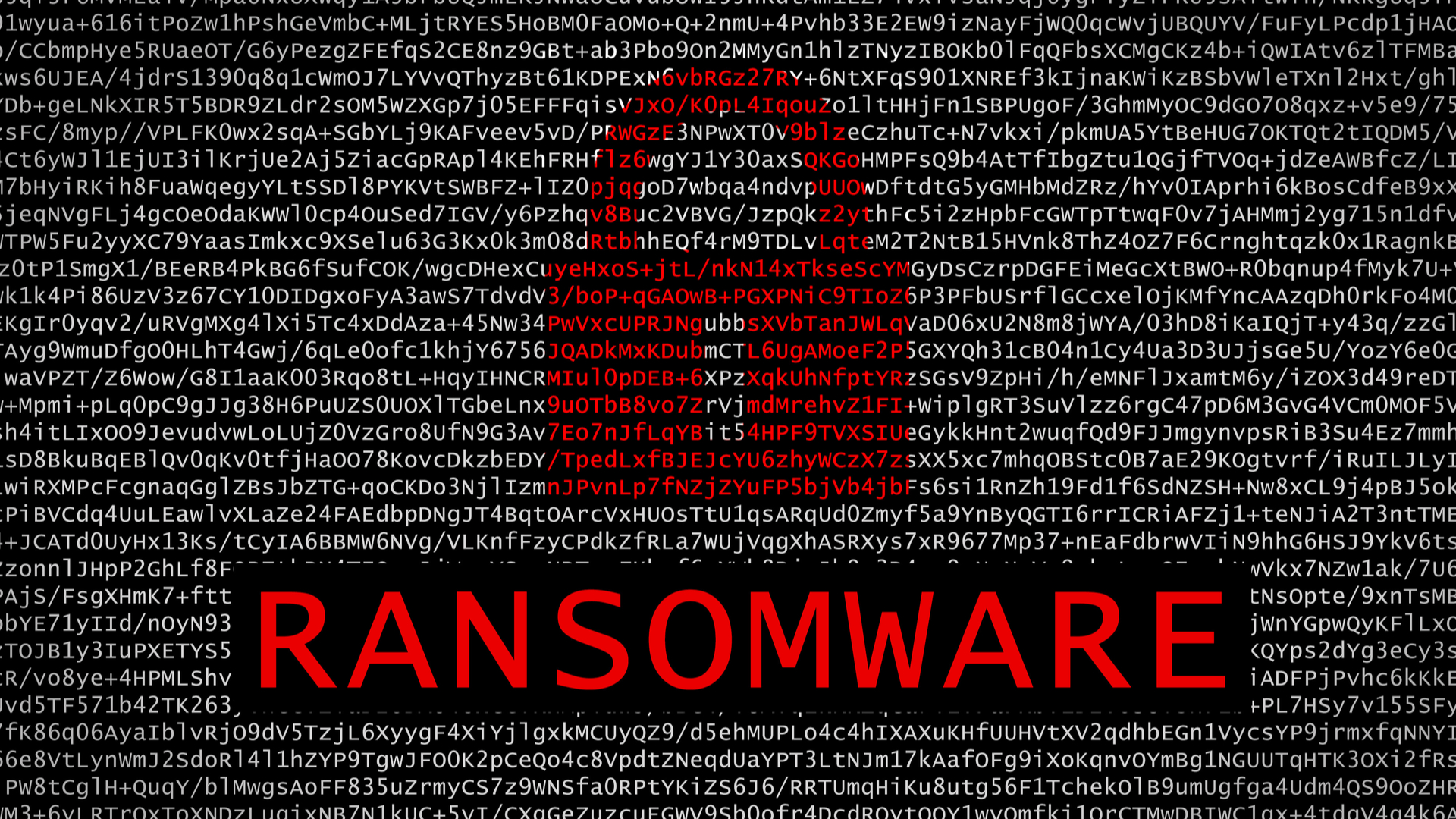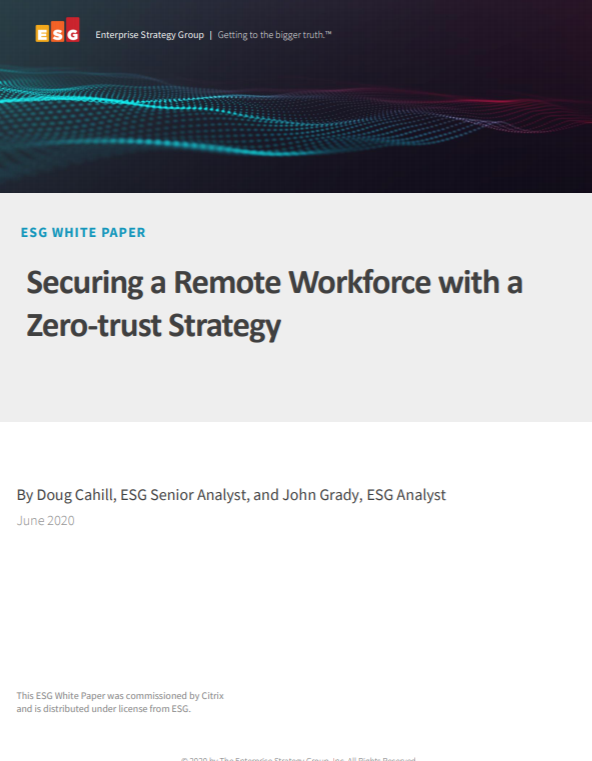Ryuk ransomware earnings top $150 million
The devastating strain is now among the most widely-deployed following several high-profile attacks in 2020


The operators behind the notorious Ryuk ransomware family, one of the world’s fastest-spreading strains, have earned more than $150 million (roughly £110 million) through criminal activity to date.
The ransomware strain has targeted high-profile organisations across the world in recent months, accruing millions of dollars in ransom payments, normally in Bitcoin from a single broker, according to research by Advanced-Intel and HYAS.
The most popular ransomware strains targeting UK businesses Maze ransomware gang retires from cyber crime The truth about ransomware
Analysis of Bitcoin transactions from known Ryuk addresses has revealed a criminal enterprise estimated to be worth more than $150 million, with ransom payments sometimes amounting to millions of dollars at a time.
Several major organisations have fallen at the hand of Ryuk last year, including French IT services giant Sopra Steria, which confirmed in October it was targeted in an attack that took weeks for the firm to recover from. This incident reportedly cost the company up to €50 million (approximately £45 million). Ryuk has also targeted healthcare organisations in the past, including attacks on several US hospitals in September last year.
Advanced-Intel researcher Vitali Kremez previously revealed in November 2020 that Ryuk’s largest ransom payment was 2,200 Bitcoins, worth $34 million (roughly £25 million) at the time. If that ransom was paid today, it would be worth more than $90 million (more than £66 million), due to the recent Bitcoin surge.
The scale of disruption caused by Ryuk is impressive considering it’s a relatively young strain which only rose to prominence in 2020, having previously been relatively obscure. Research shows only 5,123 attacks were recorded in the first three quarters of 2019, for instance, compared to 67 million during 2020, with Ryuk comprising a third of all ransomware attacks last year.
The new research also outlined how precursor malware strains, which infect enterprise systems before Ryuk is deployed, assess targets for how lucrative they may be. These calculate a score based on various factors to determine how likely victims might be to pay a larger ransom, which informs the operators’ next steps.
Sign up today and you will receive a free copy of our Future Focus 2025 report - the leading guidance on AI, cybersecurity and other IT challenges as per 700+ senior executives
The Ryuk hackers are also described as “very business-like” in the report, and “have zero sympathy for the status, purpose, or ability of the victims to pay”. Victims may attempt to negotiate, but the operators commonly respond with a one-word denial. In one case, Ryuk refused to acknowledge the fact that an organisation lacked the means to pay due to being involved in poverty relief.
The researchers cited various steps that organisations can take to best protect themselves against being hit by Ryuk or any of the precursor malware strains, including Emotet, Zloader, and Qakbot among others.
RELATED RESOURCE

Securing a remote workforce with a zero-trust strategy
Why zero-trust is the latest foundational cyber security construct for the modern workplace
These approaches include restricting the execution of Microsoft Office macros to prevent malicious scripts from running in enterprise environments, as well as ensuring all remote access points are up-to-date and require multi-factor authentication (MFA).
Finally, organisations should consider the use of remote access tools as especially risky, including Citrix and Microsoft remote desktop protocol (RDP). The exposure of these systems should, therefore, be limited to a specific list of IP addresses when their use is required.

Keumars Afifi-Sabet is a writer and editor that specialises in public sector, cyber security, and cloud computing. He first joined ITPro as a staff writer in April 2018 and eventually became its Features Editor. Although a regular contributor to other tech sites in the past, these days you will find Keumars on LiveScience, where he runs its Technology section.
-
 Gender diversity improvements could be the key to tackling the UK's AI skills shortage
Gender diversity improvements could be the key to tackling the UK's AI skills shortageNews Encouraging more women to pursue tech careers could plug huge gaps in the AI workforce
-
 Researchers claim Salt Typhoon masterminds learned their trade at Cisco Network Academy
Researchers claim Salt Typhoon masterminds learned their trade at Cisco Network AcademyNews The Salt Typhoon hacker group has targeted telecoms operators and US National Guard networks in recent years
-
 15-year-old revealed as key player in Scattered LAPSUS$ Hunters
15-year-old revealed as key player in Scattered LAPSUS$ HuntersNews 'Rey' says he's trying to leave Scattered LAPSUS$ Hunters and is prepared to cooperate with law enforcement
-
 The Scattered Lapsus$ Hunters group is targeting Zendesk customers – here’s what you need to know
The Scattered Lapsus$ Hunters group is targeting Zendesk customers – here’s what you need to knowNews The group appears to be infecting support and help-desk personnel with remote access trojans and other forms of malware
-
 Impact of Asahi cyber attack laid bare as company confirms 1.5 million customers exposed
Impact of Asahi cyber attack laid bare as company confirms 1.5 million customers exposedNews No ransom has been paid, said president and group CEO Atsushi Katsuki, and the company is restoring its systems
-
 The US, UK, and Australia just imposed sanctions on a Russian cyber crime group – 'we are exposing their dark networks and going after those responsible'
The US, UK, and Australia just imposed sanctions on a Russian cyber crime group – 'we are exposing their dark networks and going after those responsible'News Media Land offers 'bulletproof' hosting services used for ransomware and DDoS attacks around the world
-
 A notorious ransomware group is spreading fake Microsoft Teams ads to snare victims
A notorious ransomware group is spreading fake Microsoft Teams ads to snare victimsNews The Rhysida ransomware group is leveraging Trusted Signing from Microsoft to lend plausibility to its activities
-
 Volkswagen confirms security ‘incident’ amid ransomware breach claims
Volkswagen confirms security ‘incident’ amid ransomware breach claimsNews Volkswagen has confirmed a security "incident" has occurred, but insists no IT systems have been compromised.
-
 The number of ransomware groups rockets as new, smaller players emerge
The number of ransomware groups rockets as new, smaller players emergeNews The good news is that the number of victims remains steady
-
 Teens arrested over nursery chain Kido hack
Teens arrested over nursery chain Kido hacknews The ransom attack caused widespread shock when the hackers published children's personal data